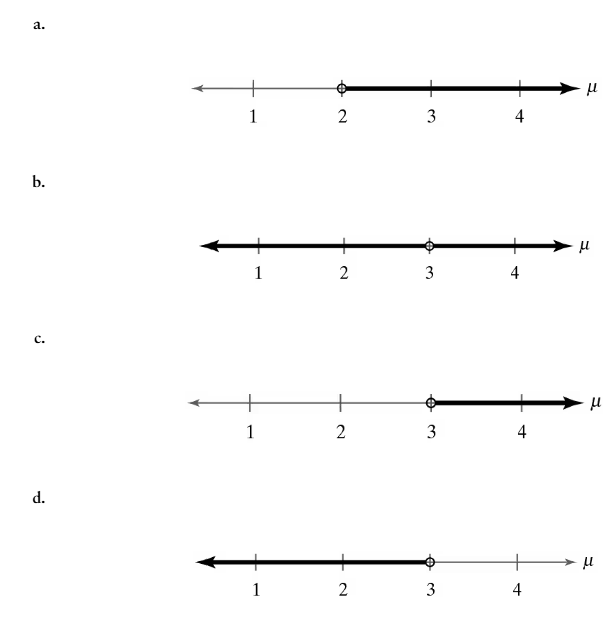True or False? In Exercises 5–10, determine whether the statement is true or false. If it is false, rewrite it as a true statement.
To support a claim, state it so that it becomes the null hypothesis.

 Verified step by step guidance
Verified step by step guidance Verified video answer for a similar problem:
Verified video answer for a similar problem:



 5:12m
5:12mMaster Intro to Hypothesis Testing with a bite sized video explanation from Patrick
Start learning